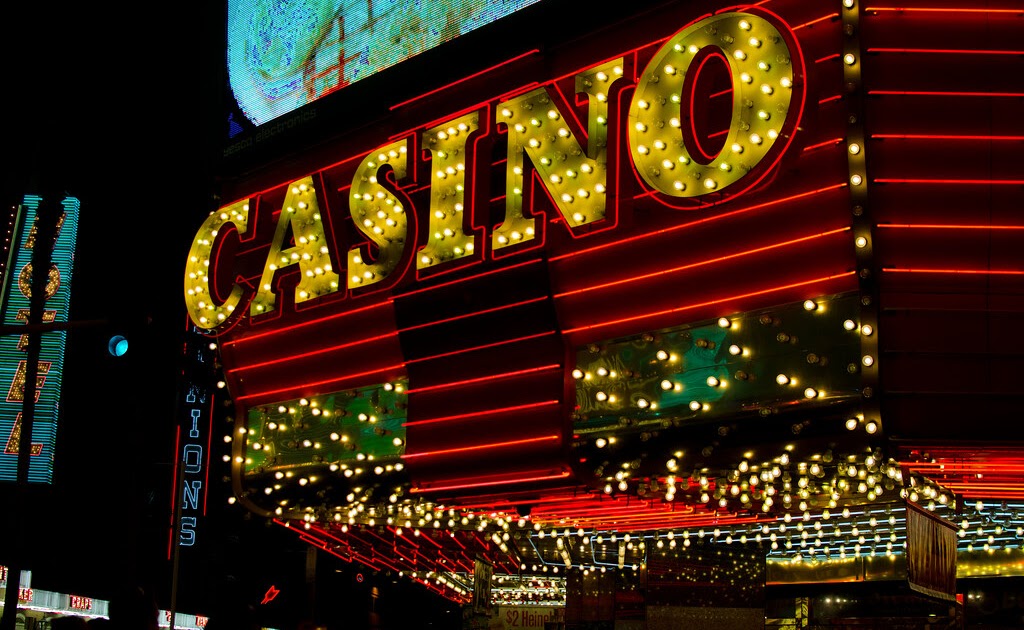
Within a dynamic and stimulating world of casinos, wherein fortune and strategy intertwine, color and aesthetic play a pivotal role in drawing in players. As soon as visitors step inside a casino or access a gaming platform, they are enveloped in a visual feast that grabs their attention and entices them to explore more. Bright colors, engaging graphics, and innovative layouts are meticulously crafted to create an environment of excitement and expectation, ultimately improving the gaming encounter.
While players navigate through the ever-changing landscape of casino games, they come across a range of designs that not only serve aesthetic purposes but also affect feelings and decision-making. Hues like red and yellow symbolize wealth and luck, while calm blues and emeralds can create a much relaxed environment. Understanding how these elements function together enables casinos to create an welcoming and energizing atmosphere that encourages players to engage with the games, invest more time at the tables, and boost their general enjoyment.
The Study of Hue in Gaming Establishments
Color plays a critical role in the design of casino games, affecting players’ emotional states and behaviors. Vivid and bold shades, such as scarlet and amber, are often used to ignite thrill and capture notice. These hues create a sense of pressure and vitality, encouraging participants to participate more enthusiastically with the activity. By strategically selecting colors, designers aim to elicit emotions of satisfaction and anticipation, which can enhance the total gaming experience.
Distinct shades also have psychological associations that can affect how players perceive their possibilities of success. For instance, emerald is often associated with fortune and wealth, making it a frequent choice in activities like the roulette wheel and poker setups. This connection can result participants to feel more hopeful and confident in their gameplay, ultimately encouraging them to wager more. Grasping these links allows game creators to create environments that enhance player enjoyment and engagement.
In addition, the design of gambling game interfaces often uses color gradients and differing colors to direct players’ responses. For example, winning results may be highlighted with vivid, opposing hues, creating a visual reward. This method supports positive outcomes and promotes repeated gameplay. By exploiting the psychology of color, gambling establishments can create games that not only draw players but also keep them interested and committed in their play experience.
Creative Elements that Engage Gamers
The visual appeal of casino games is primarily influenced by the implementation of vibrant colors. Bright and striking colors are deliberately chosen to create an appealing atmosphere that grabs interest. For instance, reds and golden hues often signify good fortune and prosperity, which is why they are prevalent in the color schemes of slot machines and game surfaces. These colors not only attract players in, but they also evoke emotions related to excitement and expectation, enhancing the overall gaming experience.
In addition to color, the aesthetic and layout of casino games play a significant role in player attraction. Games are designed to be intuitive, ensuring that players can quickly understand the guidelines and mechanics. User-friendly interfaces, along with engaging graphics and animations, help maintain gamer interest and encourage longer play sessions. The tactile elements, such as the feel of the controls and the audio of the games, also contribute to a holistic sensory experience that keeps players engaged.
In conclusion, thematic elements in gaming design can greatly influence player choice. 77win Many casino games are inspired by popular culture, myths, or exploration motifs, incorporating symbols and characters that resonate with players. These themes create a sense of engagement and relatability, making each game feel distinct. When players feel a bond to the theme, they are more likely to opt for that game over others, leading to increased participation and enthusiasm within the casino environment.
Case Studies: Successful Casino Game Designs
One prime example of impressive gambling game design is the popular slot machine series themed around hit movies. Games such as those based on the The Wizard of Oz and Game of Thrones utilize dynamic colors and top-notch graphics to enthrall players in well-known narratives. The use of dynamic visuals and engaging sound effects captures the focus of players, building an affective connection to the theme. This strategy merely fosters longer play but also improves the overall gaming experience, resulting in increased player retention.
Another notable case is the application of the psychology of color in table games like blackjack and roulette. Casinos often develop these games with dark reds and greens, colors traditionally associated with luck and wealth. For instance, the green felt on a 21 table provides a relaxing effect, while the red accents in the wheel invite excitement. This intentional use of color helps to foster an inviting atmosphere that stimulates players to join in, addressing their psychological impulses and enhancing their enjoyment.
Finally, online casino games that feature community features and bright, dynamic designs have achieved remarkable success in engaging players. đá gà 77WIN Games like Zynga’s Poker and Slot-O-Mania leverage bright colors and playful animations to establish an inviting online environment. The addition of leaderboards, community sharing options, and in-game rewards fosters competition and community, pulling players in for longer sessions. Such designs not only make the games visually enticing but also underscore social connectivity, a crucial factor in player retention and engagement within digital casino environments.